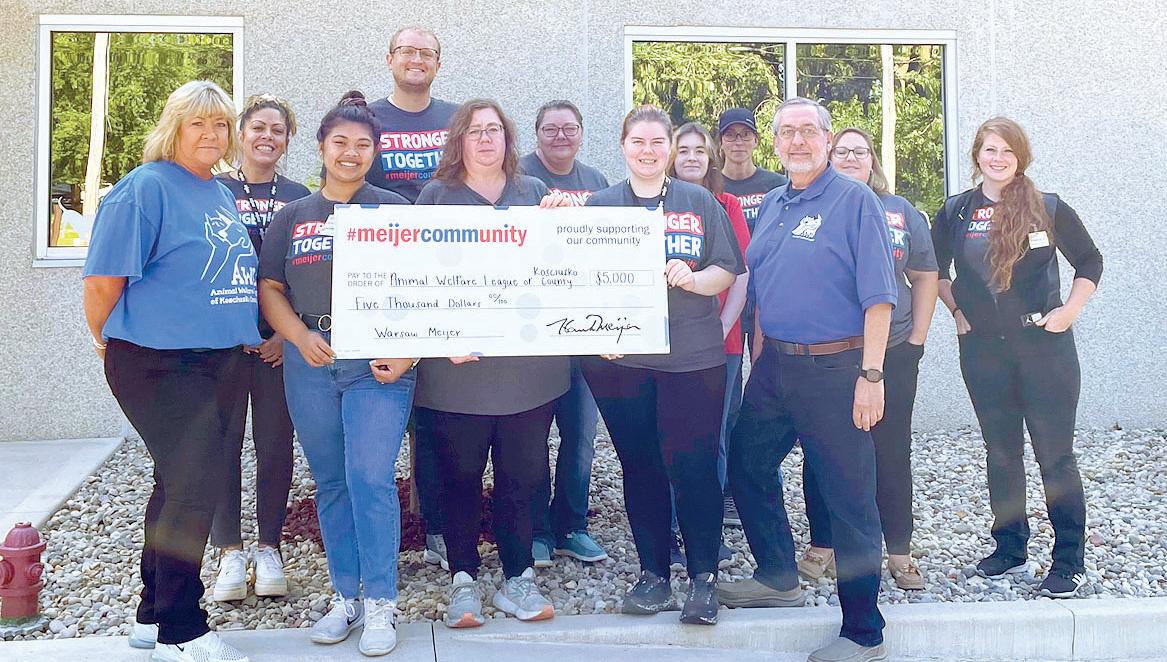
4 minute read
A hard floor night
It was our 43rd anniversary, and I decided to take Mary Ellen to a local art show and stay downtown in a bed and breakfast.
My wife loves B&Bs, so I was sure she would enjoy the evening.
The owner offered to take us on a short tour of the historic building. We hauled luggage up the stairs and were led down the hall to our room. It was quaint and rustic with a porch that looked out on the downtown area. We were within walking distance to where we planned to have our anniversary dinner. All was perfect … until we saw the bed. It was not a king size bed; it was not a queen size bed. It was a double bed. The kind of bed many people sleep in … alone.
“Do you like the room?” asked the proprietor.
“I love it,” said my wife, “but where is my husband going to sleep?”
The woman winked at me.
“This is your romantic anniversary. I’m sure you will make it work.”
“Even on our honeymoon, this wouldn’t have worked,” said my wife.
Here’s why. I have a few sleep issues. Most notably, I snore. I move around constantly, tossing and turning, flipping and flopping. Sometimes even screaming. People tell my wife she looks incredible for a woman in her early 70s. I then tell them she’s only 40, but this is what happens when you’ve been sleep deprived your entire marriage.
That night after a lovely dinner, we headed back to the B&B and prepared to turn in.
“Which side of the bed should I take?” I asked my Mary Ellen.
“Underneath would probably be the best option.”

We pulled down the covers and that’s when the excitement began, but not the excitement you might be thinking. At about 2 am, I was having a very scary dream and next thing I knew I had fallen out of bed. This awakened Mary Ellen who saw me all sprawled out on the floor and in a bit of pain.
“That’s so sweet of you to sleep there. Now you won’t be kicking me.”
“I am not sleeping here. I fell out of bed.”
“That’s terrible; maybe you should sleep in the middle.”
“It’s a double bed. There is no middle when there are two people. Let’s go back to sleep.”
At 4 a.m. I fell out again. This time I had pulled the pillow off with me. Seeing me on the floor, Mary Ellen got out of bed and lovingly placed a blanket over me. And there I slept: tossing, turning, snoring
In the morning, the lady at the desk was curious. “Some of the folks staying at the inn heard loud noises at 2 a.m. and 4 a.m. Are you okay? I hope you guys didn’t have a falling out.”
“I’m fine,” said Mary Ellen. “It was only my husband who fell out.”
We shared our adventure at the B&B with one of our friends. We told Cathy we enjoyed our stay and that next year we would return, but we were going to make different arrangements.
“Are you going to ask for two separate beds?” asked Cathy.
“No,” said Mary Ellen. “Two separate rooms.”

In addition to having a good time, sun exposure from heading outdoors generates vitamin D, which is necessary for a healthy brain, bones and muscles. Healthy vitamin D levels can also improve mood and cognitive function. Older adults, especially those who are homebound, are at high risk for vitamin D insufficiency.

With plenty of time left in the summer months, D’Aquila shares 10 activities that both older adults and their caregivers will enjoy with some ideas from agingcare.com:
Gardening — From a small container to a vegetable patch, planting flowers and plants offers daily outdoor tasks along with tracking their growth.
Catch a sporting event — Attending a grandchild’s soccer game or a professional baseball game can be an action-packed way for older adults to reconnect with one of their favorite pastimes.
Fish for fun — Even if an elder has mobility problems or uses a wheelchair, they can still cast a rod from a dock or pier. Check your state’s tourism or parks and recreation websites to see if they provide listings of ADA compliant fishing locations. Many areas have also started offering all-terrain wheelchairs for rent that can help those with mobility issues get closer to the water.
Be a tourist — Take a tour to see the local sights. A drive around town can also allow a senior to check out happenings in the community that interest them.
Take a dip — For some folks, this might entail putting a foot in the pool, while others may be able to handle low-impact water aerobics. Spending some time in the pool is an excellent way for them to incorporate some physical activity into their routine that seems more like relaxing than a workout.
Outdoor picnic — Picnics can be at a park, in your own backyard or on the surrounding grounds of a long-term care facility. Prepare favorite recipes together. Make sure to locate an area with comfortable seating and plenty of shade, or remember to bring an outdoor umbrella.
Attend community events — Look for happenings such as outdoor musical performances, art shows, car shows, flea markets, festivals and more that fit the senior’s interests and abilities.

Go out for a treat — Most seniors have a favorite snack or restaurant. If the weather is nice, enjoy your goodies at a patio table.
Be an animal lover — This could be as simple as sitting outside and enjoy the sights and sounds of a birdhouse, bird feeder or bird bath in the yard, or it could mean an outing to the zoo or a local dog park.
Go for a stroll — It can be around the neighborhood or through a botanical garden. Have goal to increase and track the distance of each walk.
“We have found in our more than 27 years of experience caring for seniors, that having someone to go on outings, take a walk, or just to talk to makes the greatest difference in the daily lives and overall physical, mental and cognitive health of our clients,” said D’Aquila. “Our caregivers provide a crucial social connection by also providing transportation to visit friends or attend religious services.”













